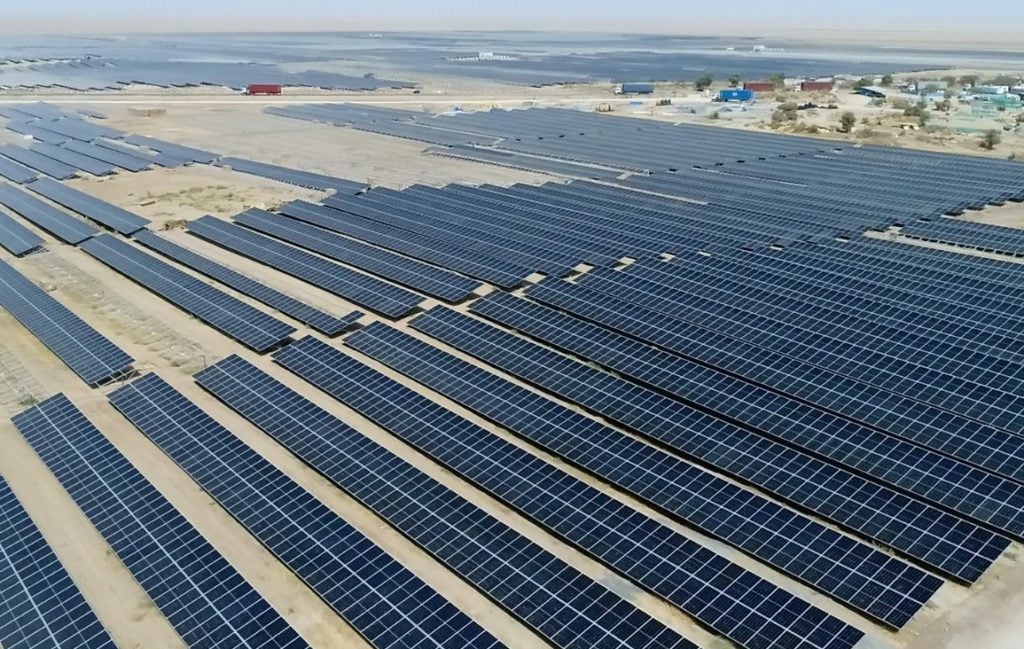
Solar PV accounted for 55.8% of the total power generation capacity added to the Indian grid in 2023, including fossil fuel additions which rose considerably over the year in response to growing electricity demand.
According to newly released data from the Institute for Energy Economics and Financial Analysis (IEEFA), India added 10.01GW of solar PV capacity over the year, a decrease of almost 4GW from the 13.9GW added in 2022. This represents a 28.2% decline year-on-year, which the IEEFA attributes to project commissioning delays as a result of procurement issues from the Approved List of Models and Manufacturers (ALMM) policy.
Unlock unlimited access for 12 whole months of distinctive global analysis
Photovoltaics International is now included.
- Regular insight and analysis of the industry’s biggest developments
- In-depth interviews with the industry’s leading figures
- Unlimited digital access to the PV Tech Power journal catalogue
- Unlimited digital access to the Photovoltaics International journal catalogue
- Access to more than 1,000 technical papers
- Discounts on Solar Media’s portfolio of events, in-person and virtual
Or continue reading this article for free
The government announced plans to relax the ALMM – which limits the solar manufacturers and products allowed access to the Indian market – in February 2022 in an attempt to accelerate solar installations. Echoing figures reported earlier this month by JMK Research, the IEEFA data suggests that this decision is yet to be effective.
Total renewable energy capacity additions fell by around 20% YoY, though total capacity additions across all power generation types rose 6% YoY in 2023. This is due to a jump in coal capacity additions from 586MW in 2022 to 4GW in 2023.
In terms of solar, 2023 began strongly and then declined quickly. Both Q1 and Q2 saw over 3.3GW of solar PV capacity installed apiece, which then fell to 1.6GW in Q3 and 1.5GW in Q4. The IEEFA said that installations slowed because of a lack of capacity auctions for new projects and the ongoing supply issues in India that have delayed project commissioning.
In February 2023 the IEEFA published research alongside JMK that called for the Indian government to increase the number of renewable energy tenders if it is to retain hopes of reaching its deployment targets.
In total, India fell 66% short of its renewable energy (including nuclear) installation target in 2023. In an interview with PV Tech Premium this time last year, Vinay Rustagi of research firm Bridge To India predicted that the solar industry would face ongoing headwinds in 2023, particularly supply shortages due to the ALMM and its overly-stringent basic customs duty (BCD) import tariff on Chinese solar products.
2024 could be a more fruitful year, according to research published last year by Fitch Solutions, as domestic manufacturing capacity is set to come online and some of the project clogs may begin to ease.
